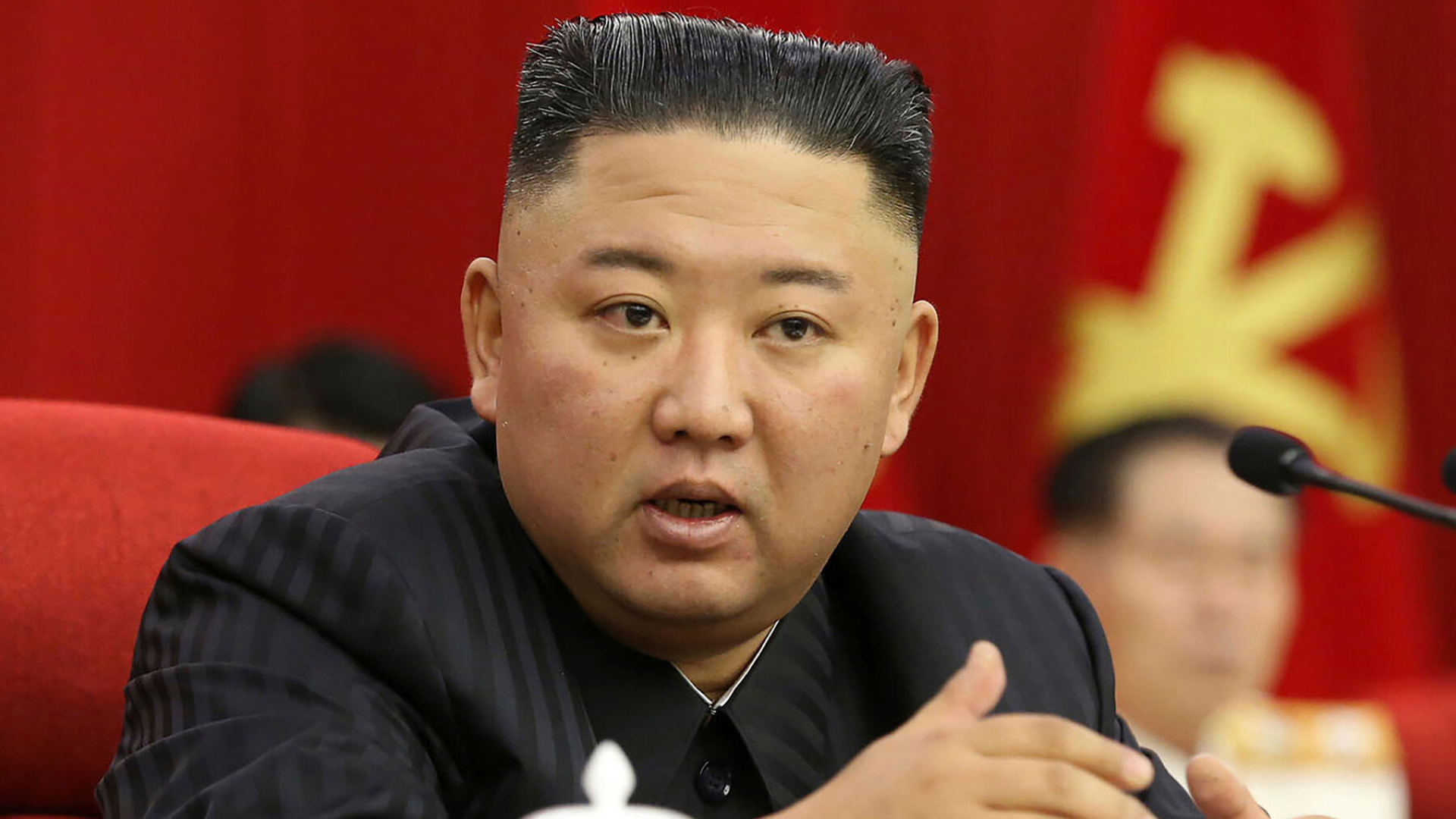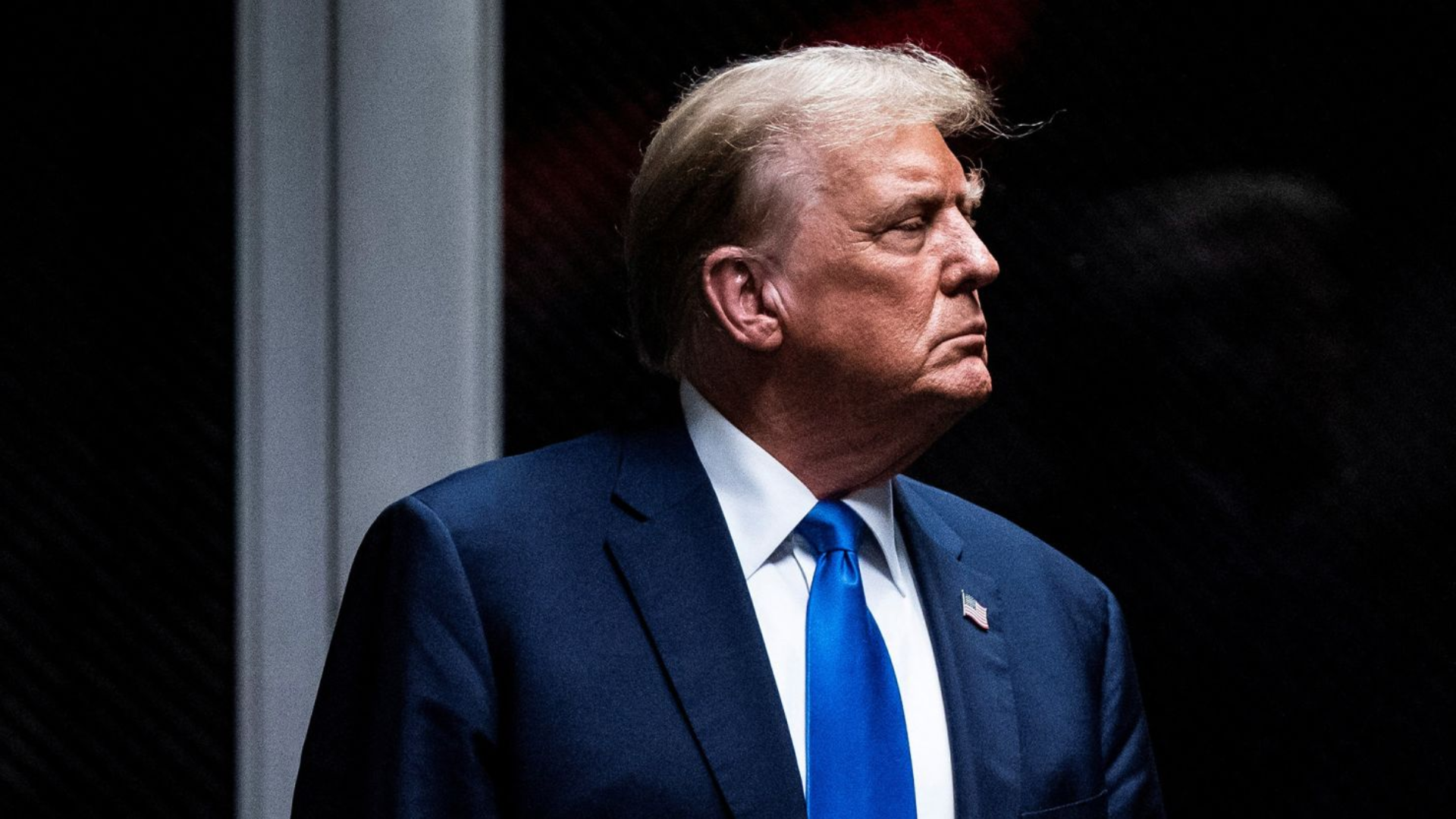










How do you see the coming years for the Indian economy?
India is today the land of promise; we have demonstrated to the world that not only are we capable of registering 7%+ growth, but we also hold a promise for times to come.
We have the demographics, we have the demand, and we have the determination to hold our story strong. We will continue to be the power of an example to the world.
Further, if you see the demand-side calculation of the GDP, each of its segments has an interesting story to tell.
Question: Could you please elaborate on them?
The government has outdone itself in infrastructure investment, but since India is a BBB- credit rating country and with the highest debt in its peer group, things can’t go on as usual as India’s fiscal deficit needs to come down. The private Capex cycle is primed to start. In consumption, one is witnessing a clear case of the premiumization — while the demand for affordable products remains sedate, premium goods are coveted. The government has some compulsory spending, such as interest payments and subsidies, plus this is an election year, so in times like these, there’s a propensity for spending like these to accentuate. The exports have remained flat, and there is not much that you can do because, unless the global environment is better and you have demand, you cannot really export.
However, the silver lining is that the Indian economy is registering a 7% growth despite exports not helping the GDP.
Question: How do you evaluate the impact of the events that are happening in China on the Indian economy?
China is interesting. In the past two decades, China has had two principal distinctions. First, it had tremendous demographics—for every one person retiring, ten people were ready to join the Chinese labor force. Second, it had a favorable market economy set up. Today, as we see in China, both of these boons have reversed. The estimate is that by 2050, China will have worse demographics than America. It would be in the same league as Europe and Japan. Also, the current Chinese dispensation is moving it away from the market economy thought, once carefully curated by Deng Xiaoping. India will benefit from both capital reallocation out of China and the supply chain shift. The degree however depends on what we do to succeed. Currently, the countries that are really seen to be benefiting are countries like Vietnam, Brazil, Poland, and the like.
Question: There is a big event coming up this year—the general elections. How do you see the impact of this on the capital markets?
This is the biggest year for democracy across the globe. Around 46% of the global population is going to vote. But there is a contrast; across the world, you see that there is a sense of anti-incumbency—a very Indian word. But in India, you are not witnessing anti-incumbency to a degree where it could matter in an analysis. The approval rating of the leader remains high. Also, broadly, there is some volatility before the elections, but in the medium term or in the long term, elections per se do not have as much impact. 2024, at this moment, looks like a predictable election, one that the market might have already factored in.
Question: What are some of the areas where there’s room for growth as far as the economy is concerned?
FDI. Meaningful jobs are at the bottom of the pyramid. Exports. Female Labor Force Participation and Accessible Finance for MSMEs.
Question: You’ve written a lot on issues around women. What are your thoughts on the participation of women in the economy?
This is an important issue because it is not only an economic issue but also an issue of social equity. India’s case is strange because when economies grow rapidly, more women join the labor force. Here, the reverse is happening.
There are also issues pertaining to how we measure participation. It’s not as if women are not working, but we have not devised the correct measures to capture that.
What many call household activity If you hire someone to do that, it transforms into an economic activity. We don’t capture that. Then there are women who are engaged in family enterprises, doing unpaid work. This also abstains them from joining the labor force. Then there are work-place issues, law and order, infrastructure, and also how we as a society see women. It’s crucial for India to have equal participation for women. It will not only make us strong economically, but it will also make us a just, equal, and moral society.










